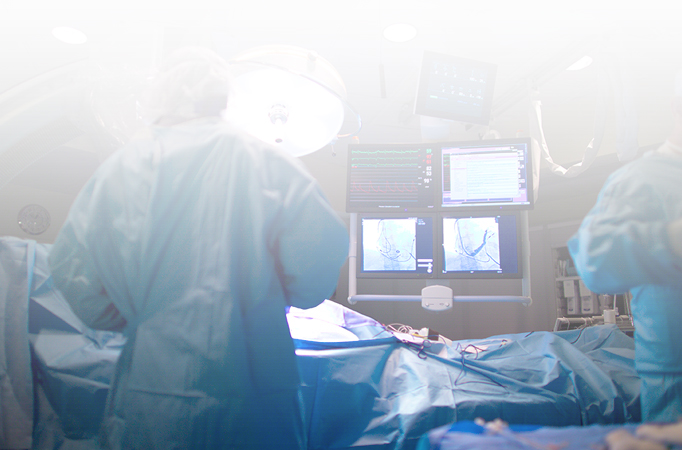Laparoscopy...
Laparoscopy
Laparoscopy is a commonly performed procedure to inspect the organs of the pelvis (uterus, tubes, ovaries) and abdomen (appendix, liver, gallbladder) using a specially designed telescope. This is carried out under general anaesthesia as a day case, without the need of overnight stay.
If treatment has been carried out, one or more nights stay is recommended. The abdomen is filled with gas by making a 5 or 10mm scar in the belly button. One or two similar scar may be indicated below the bikini line if operative laparoscopy is indicated.
Indications for performing a Diagnostic laparoscopy:
- Pelvic pain (endometriosis, pelvic inflammatory disease, pelvic abscess)
- Painful sex
- Infertility: to check the patency of tubes using dye- the tubes are seen with the telescope whilst dye is passed from below.
Indications for performing Operative Laparoscopy:
- Treatment of utero vaginal prolapse (Sacrocolpopexy and sacrohysteropexy)
- Treatment of endometriosis
- Removal of ovarian cysts
- Hysterectomy
- Fertility surgery
- Sterilisation
- Myomectomy (removal of fibroids)


